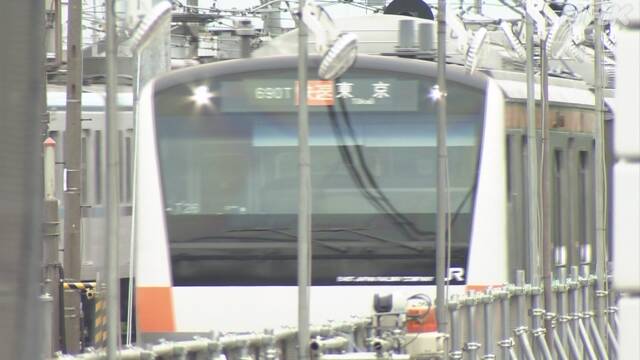Train congestion status Introducing an application that allows real-time confirmation JR East Japan June 13, 7:02
k10012469021_202006130650_202006130656.mp4
JR East is planning to start a smartphone application service that displays the congestion status of trains in real time on major routes in the Tokyo metropolitan area from the middle of next month in order to help prevent the infection of the new coronavirus.
JR East has publicly announced the congestion status of trains only on the Yamanote Line on its official smartphone application, but from mid-March next month, it will be available on almost all of the metropolitan areas, including the Chuo Line, Tokaido Line, and Keihin Tohoku Line. We plan to expand to all major routes.
In the application, when you select the train you want to ride, congestion information such as "sit down", "shoulder shake", "complexly crowded", etc. is displayed in 5 levels, and you can check it in almost real time.
According to JR East, the number of daily access to congestion information that is already in use is increasing from about 1000 before the spread of the new coronavirus infection to more than 10,000 now.
JR East says, "I want you to use it when you use the railway such as off-peak commuting."
Even at private railway companies
As railway passengers return, private railway companies in the metropolitan area are also making visible the congestion situation in order to make it useful for "time difference commuting."
At major private railway companies, congestion information of passengers is displayed on websites, etc., using graphs by time zone, for each line and major station.
Among them, at Odakyu Electric Railway and Tokyu Electric Railway, etc., in addition to displaying the congestion status of trains with smartphone applications, the images of cameras installed near the ticket gates of stations are processed and distributed so that individuals cannot be identified. I try to understand how crowded it is.
In addition, as a "visualization of congestion status," Tokyo Metro will show congestion levels at major locations inside the Shibuya Station yard in three levels, and conduct a demonstration experiment to display it on the display inside the Ginza Line train to further reduce congestion. We are proceeding with efforts toward

